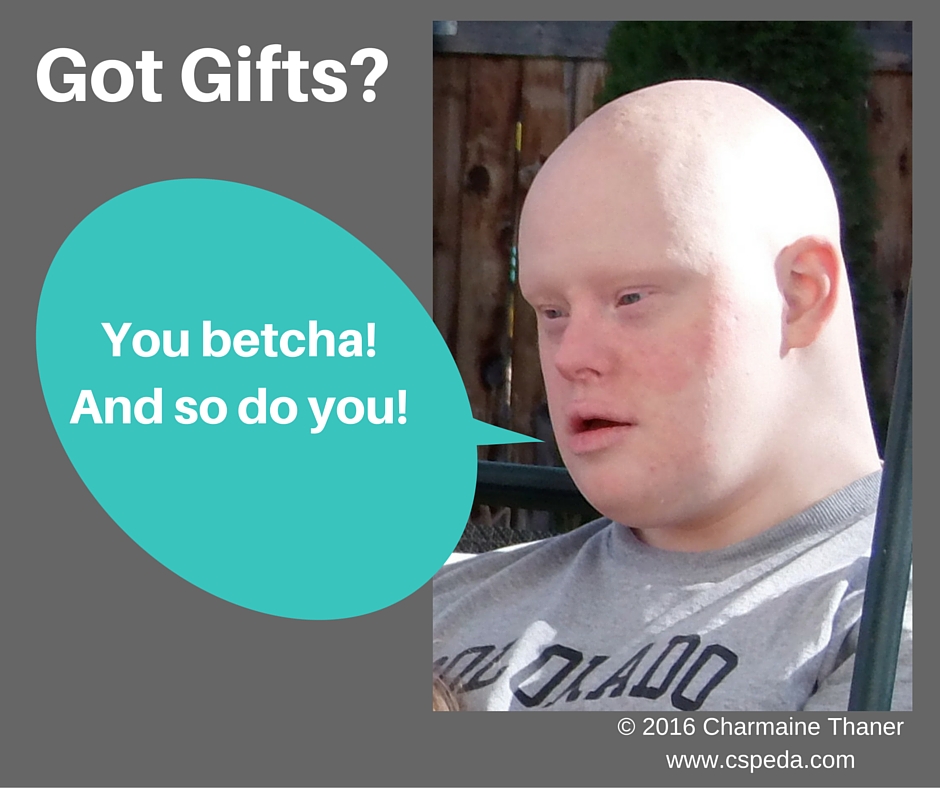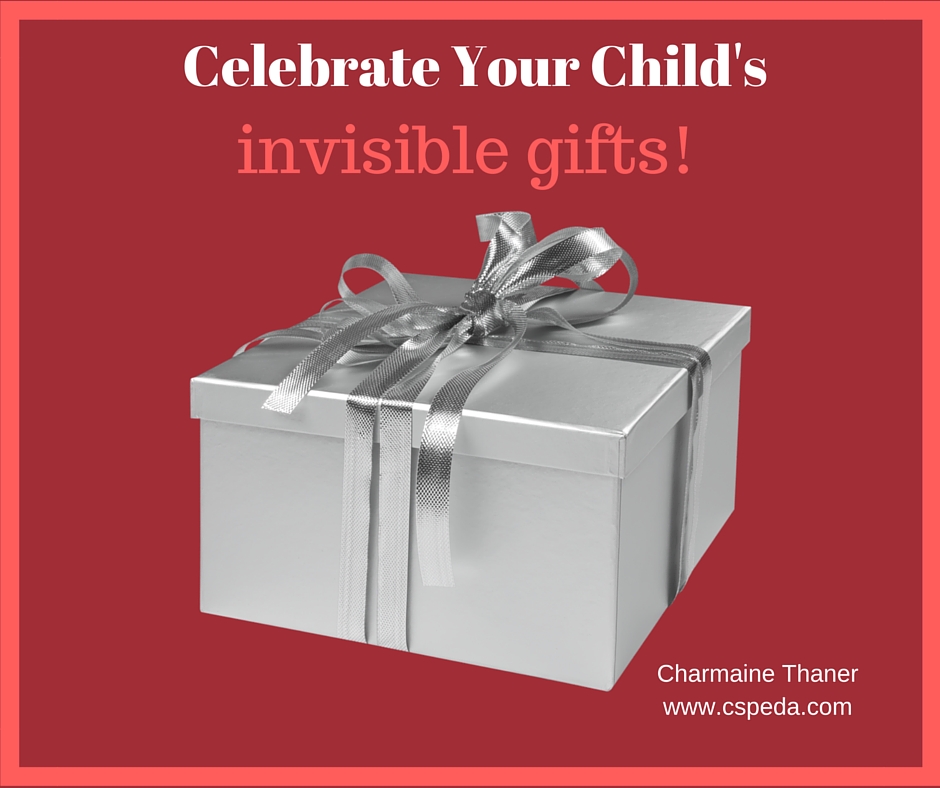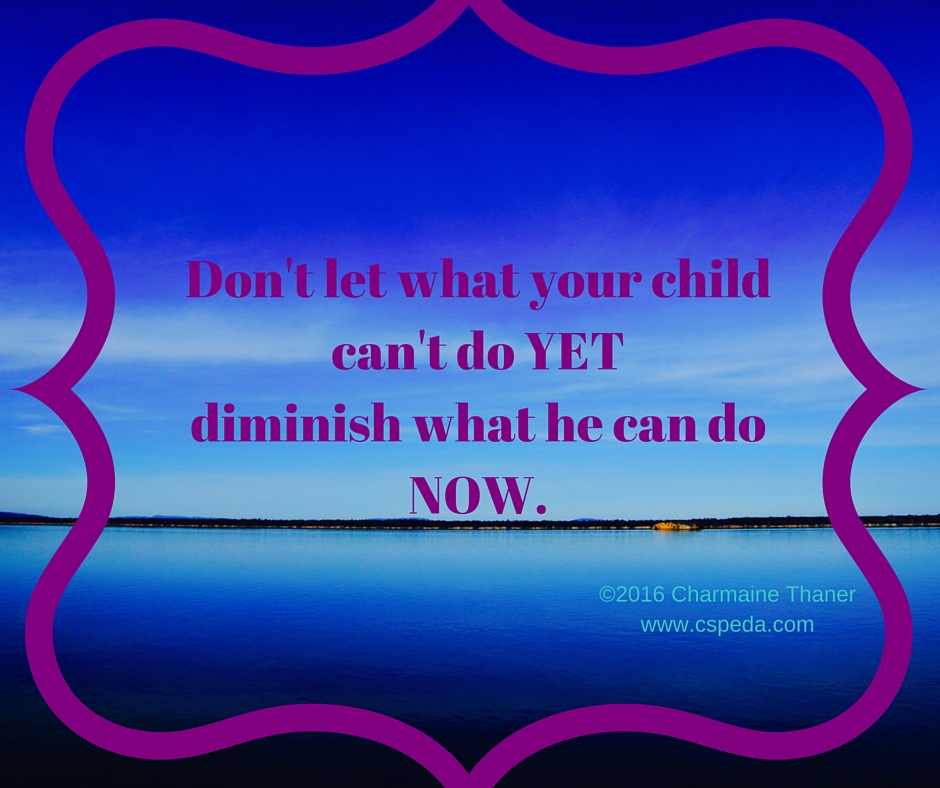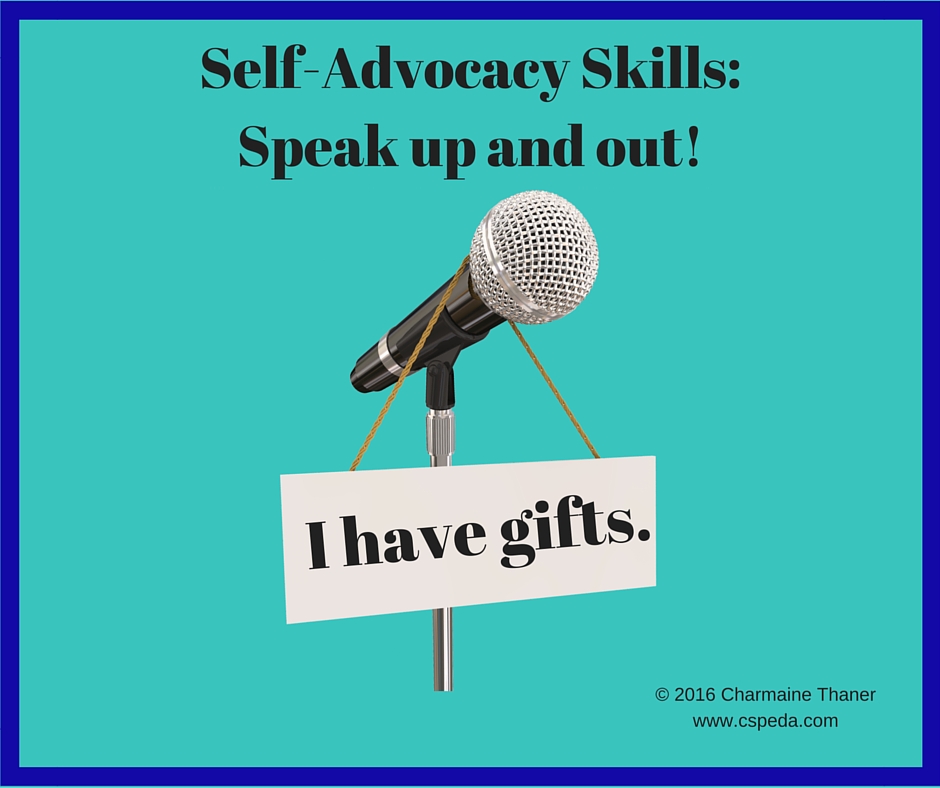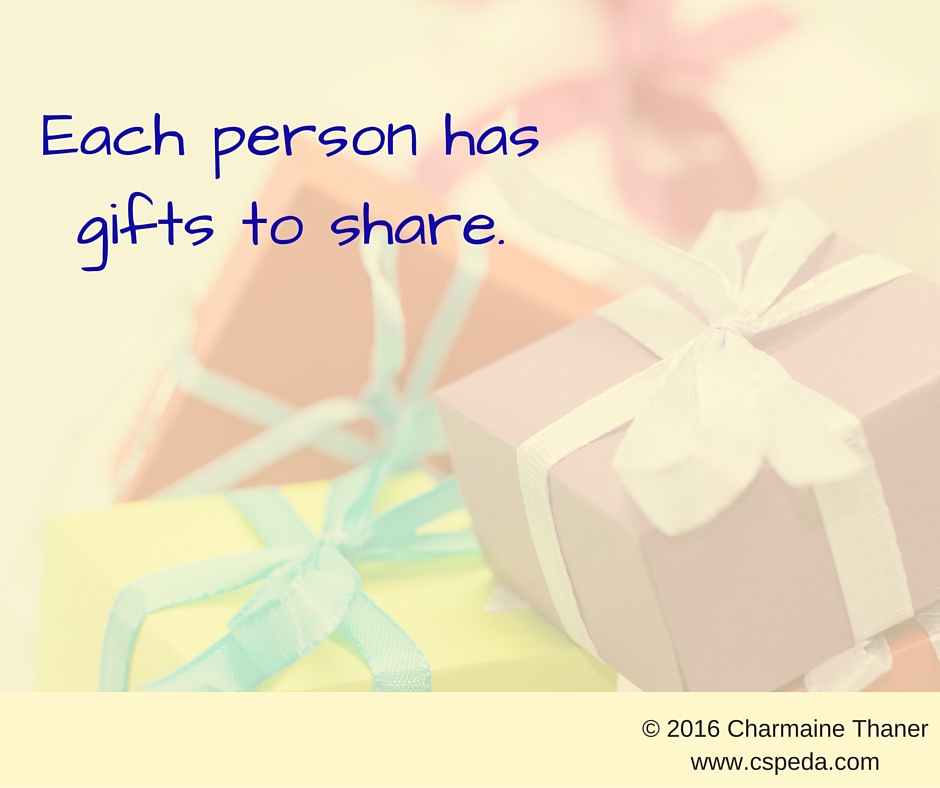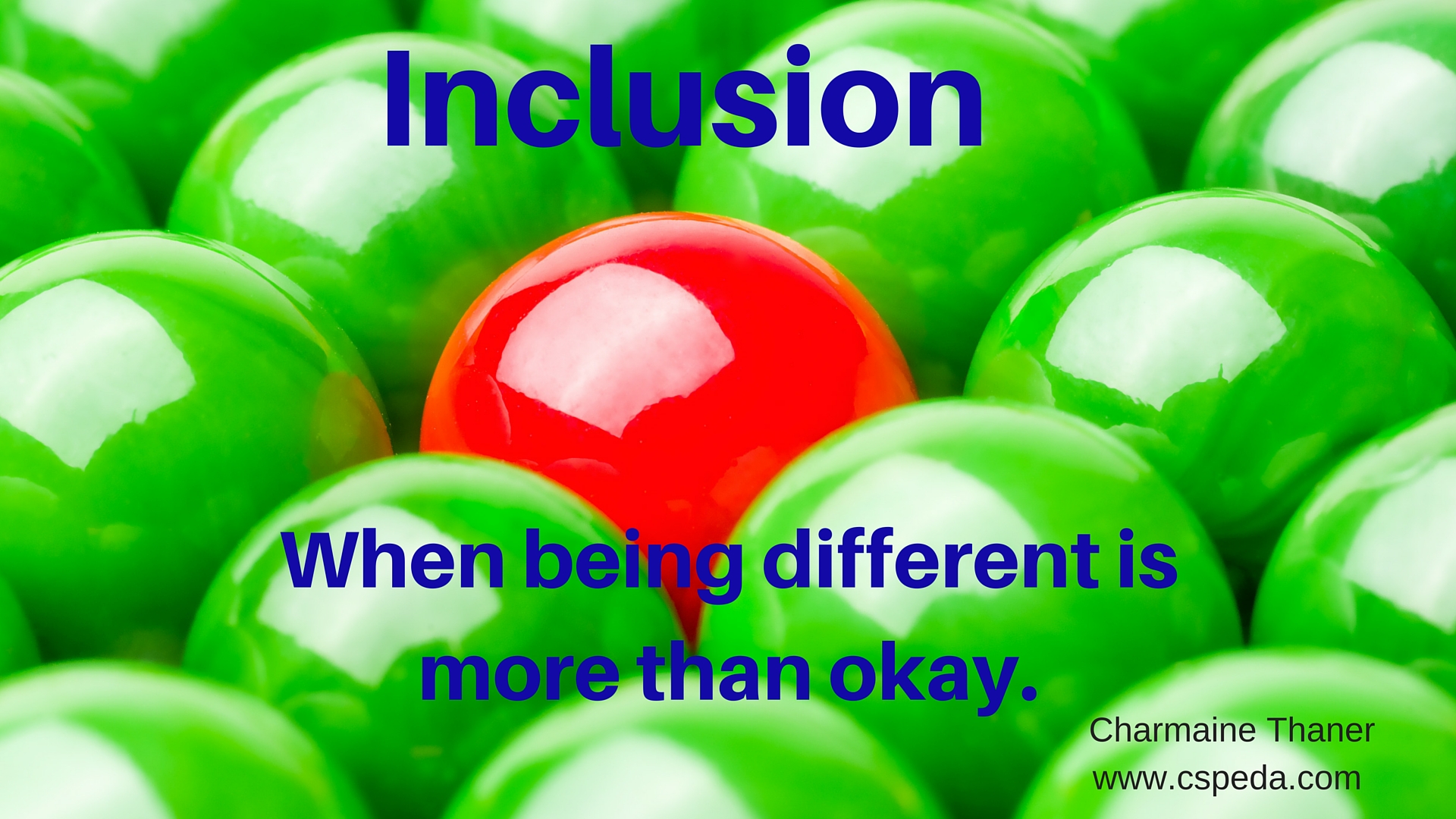Do This For More Positive IEP Meetings
New: Watch the YouTube video of this newsletter. Click here.
Listen to just the audio version of the newsletter while you’re on the go.
Today you and I are going to be exploring the concept of giftedness. Yes, even our kids with disabilities have gifts! We’ll also look at how sharing your child’s gifts can set a positive tone at IEP meetings. We love that idea, right?
About 24 years ago I heard a self-advocate, Judith Snow from Canada speak. She explained that most of us have ordinary gifts: we can walk, talk, read, figure out math problems. Some of us lack those ordinary gifts, but we have extraordinary gifts.
This got me thinking about my son Dylan, who at the time I heard Judith speak, was only 3 years old. Dylan happens to have Down syndrome and one of our goals was for him to be fully included in general education classrooms.
Being a special education teacher at the time I knew inclusion would be challenging for Dylan if teachers only looked at his needs. So, we had a family meeting one night, my husband, Dylan, and his older brother and sister. We started talking about the gifts and strengths that each of us has. As we began to list Dylan’s gifts I jotted them down. The next day I typed them up.
I knew Dylan’s IEP meeting was coming up and I wanted a way to start the meeting talking about his strengths and set a positive tone for the meeting. I got an empty box and wrapped it up in gift paper, made copies of Dylan’s list of gifts and put them inside the box. We were excited as we went to the meeting with our gift box. When we arrived, I asked to speak first. I explained the concept of giftedness and shared my story of what I learned from Judith Snow. Then I took the top off the gift box and passed it to the person next to me and asked each person to take a copy of Dylan’s gifts.
Here are some of Dylan’s gifts that we shared that day:
* unconditional love for others
* curiosity
* sense of humor
* enjoys being with people
* memory skills
* imitation skills
* knows sign language and communicates readily
* assertiveness
* awareness of environment
* undaunted spirit
* can teach others the value of belonging
* he’s a kid that likes to have fun
This was such a wonderful way to start an IEP meeting. Usually when we go to IEP meetings the first thing we hear are all about our child’s deficits, their low test scores, what they can’t do – right? Have you been to those kind of meetings?
Let’s try doing something different. Make a list of your child’s strengths, his gifts, interests, talents. You can do it by simply putting a piece of paper on your refrigerator and every time you notice something your child does well, or what he is successful doing at school, what he loves to do at home, jot it down. Some parents will use an app on their phone to jot down notes about their child’s gifts.
Before you go to your next IEP meeting, type up this list and bring it to the meeting. You or your child can share it with the staff. Make sure the strengths are written in the IEP document. When parents bring input to the meeting the staff often says they will attach it to the IEP. Well, attachments have a way of getting lost. You want your child’s list of gifts actually written in the document. This can go under the Present Level of Performance section, or some IEP forms have a separate box for the student’s strengths, talents, and interests.
Another benefit to making this list is having your child learn to identify their gifts, what works for them can help as they grow older and begin speaking up for themselves more. As you model advocacy skills for your child, later they can use these as self-advocacy skills.
An extra bonus of having a list of your child’s gifts handy is when he is having a Horrible, No Good, Terrible, I Want To Move To Australia Day. Ask him to go to the refrigerator and take down the list of his gifts and the two of you can sit down together and read all the things he can do, what new accomplishments he has made, the wonderful things you love about him.
We were successful in having Dylan fully included in general education classroom from pre-school through college. Our focus on taking what Dylan enjoyed doing and using his strengths to teach him new skills and concepts made such a difference in his education.
If you found these tips today to be helpful, share with a friend and encourage them to hop on over to my website, www.cspeda and sign up for my weekly newsletters. I use to write them once a month, and am now writing weekly tips, tools, strategies and inspirations.
Our next newsletter will be about how to you can help teachers use your child’s list of gifts to develop more effective instructional strategies so your child can learn more! In the mean time I’m going to be posting videos on Facebook, some of them will be live where you can ask me questions and I can talk to you and give you my ideas. Pretty exciting, huh? If you haven’t Liked my Visions and Voices Together Facebook page, do it today. You don’t want to be left out from being able to have a live conversation with my on Facebook, plus I post daily ideas and tools for parents. Click here to go to my Facebook page.
I’m here to help you with your advocacy journey so your child can be happy, safe, and learning at school! If you have questions, post them on my Facebook page or send me an email.
Take care,
Charmaine
